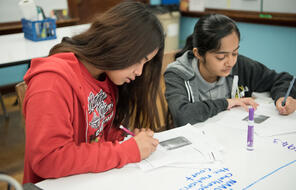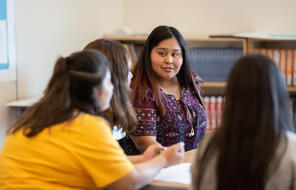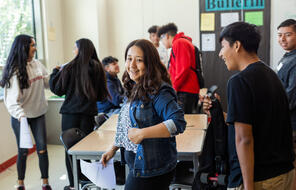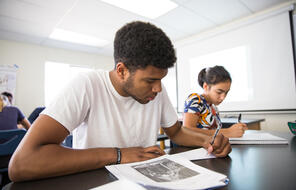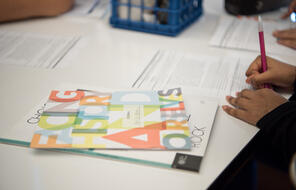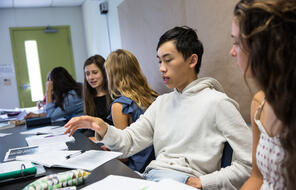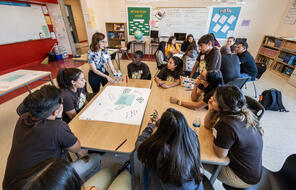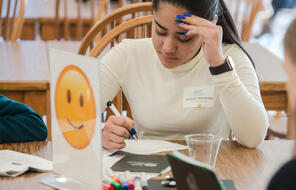
Close Reading Protocol
At a Glance
Language
English — USSubject
- English & Language Arts
- History
- Social Studies
Grade
6–12Overview
What Is Close Reading?
The Close Reading Protocol strategy asks students to carefully and purposefully read and reread a text. When students “close read,” they focus on what the author has to say, what the author’s purpose is, what the words mean, and what the structure of the text tells us. This approach ensures that students really understand what they’ve read. We ask students to carefully investigate a text in order to make connections to essential questions about history, human behavior, and ourselves. Skillful close reading is also an important foundation for helping students develop the ability to justify their claims in class discussions and writing assignments with specific evidence. A typical close reading activity uses some or all of the steps in the procedure below.
Lesson Plans
How to Use Close Reading
Teacher Note
Unlimited Access to Learning. More Added Every Month.
Facing History & Ourselves is designed for educators who want to help students explore identity, think critically, grow emotionally, act ethically, and participate in civic life. It’s hard work, so we’ve developed some go-to professional learning opportunities to help you along the way.
Exploring ELA Text Selection with Julia Torres
On-Demand
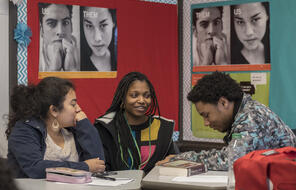
Working for Justice, Equity and Civic Agency in Our Schools: A Conversation with Clint Smith
On-Demand

Centering Student Voices to Build Community and Agency
On-Demand


